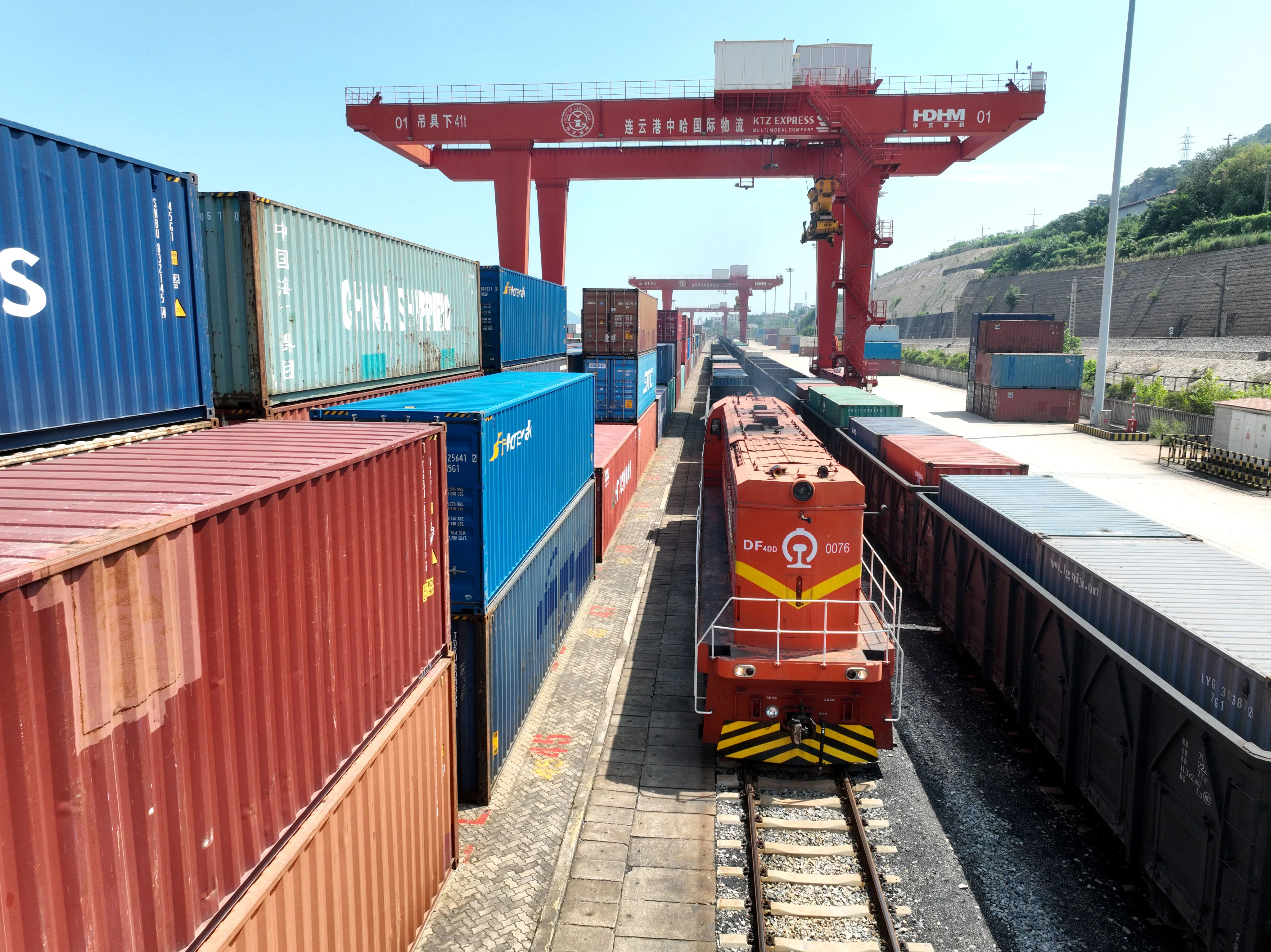By Ji Siqi,Kandy Wong,Ralph Jennings
Copyright scmp

The sudden closure of Poland’s border with Belarus has already caused logistical disruptions for users of the China-Europe Railway Express, analysts and industry players said, adding that Warsaw would be risking its position as a major transit hub between Europe and Asia if it allowed a prolonged shutdown.
The nearly 400km boundary line has been closed since September 11, with Polish Prime Minister Donald Tusk citing national security concerns over Russia-led military exercises taking place across the border.
“We don’t know when the border will be open,” said Milosz Witkowski, a rail-freight director with the Polish Forwarding Company. “It all depends on Russia and Belarus.”
Lois Mo, commercial manager at the Chinese freight forwarding company New Silk Road Intermodal, said no notice has been given for when the crossings will be opened again.
“There must be an impact on the operation of the China-Europe Railway Express, because trains can’t come in and goods are kept in Belarus,” she said.
“Customers are in panic mode now as they may have to shift train cargo orders to maritime transport.”
A prolonged closure could seriously disrupt the flow of goods, increase logistics costs and weaken Poland’s position as a major transit hub
Patryk Szczotka, Boym Institute
Patryk Szczotka, an associate with the Warsaw-based think tank Boym Institute, said that the traffic freeze could cause delays, increase warehousing costs and trigger penalties under transport contracts.
“Carriers report that they failed to prepare for the sudden closure, which is causing logistical disruptions,” he added.
“If the closure is short-lived, its effects will be limited. However, a prolonged closure could seriously disrupt the flow of goods, increase logistics costs and weaken Poland’s position as a major transit hub.”
The current border closure includes the Malaszewicze terminal, a strategic transshipment hub at the crossroads of the European Union and its eastern neighbours along the China-Europe Railway Express – a network of lines that serves as a major gateway to Europe for cargo from Asia.
The railway is a signature project in Beijing’s infrastructure-heavy Belt and Road Initiative, but companies have avoided its northern route – which passes through Russia – after strict sanctions were levied against Moscow over its war in Ukraine.
Many have turned to the Middle Corridor – an amalgamation of land and sea routes with multiple country stakeholders – as an alternative. The route passes from China to Kazakhstan via the Caspian Sea, with Poland as one of several entry points into Europe.
On Monday, China and Poland “expressed their willingness to ensure the safety and accessibility of the China-Europe Railway Express” after a meeting of the Poland-China Intergovernmental Committee in Warsaw. The gathering was co-chaired by the foreign ministers of both countries.
Uwe Leuschner, CEO of German transport consulting company Luxx Service and a China specialist, said he expects Poland will militarise its border with Belarus to “show strength” to Russia even after it is reopened to commercial traffic, which could continue to increase railway delivery times.
“This is an issue more or less influenced by political decisions from the European side with respect to connectivity with China and Russia,” he said, noting that every four- to five-day delay would cost shippers an extra US$20,000 for renting trains and other equipment between Europe and their origins or destinations in China.
The train count of the China-Europe Railway Express decreased 16.4 per cent year-on-year in the first half of the year to 4,456, figures from Shenzhen-based Nova Logistics showed, and the volume of twenty-foot units – a general measure of cargo capacity – dropped 20.3 per cent year-on-year, falling to 462,688 in the same period.
But Charles Chang, professor of finance at Fudan University in Shanghai, said that China-EU trade will not be heavily impacted, because traders have other options like routes that run through the Middle East or North Africa.
“That’s why I think China has been pushing the [Belt and Road Initiative] for 15 years, multiple trade routes,” he added. “There are so many ways to get in and out.”



